Signal Sources
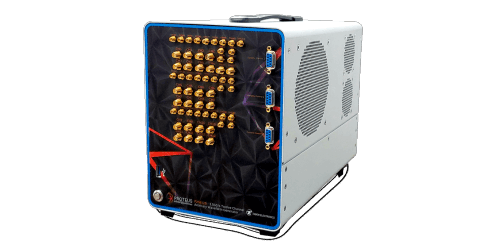
Arbitrary Waveform Generators
The new Proteus Arbitrary Waveform Generator is ideal for applications in Quantum Computing, Electronic Warfare, Radar, and next generation communications such as 56, 6G, Ultrawide Bandwidth (UWB), and WiFi (802.11) 6 and 7. Built on the latest RF DAC and RF ADC technology, the series has sample rates up to 9GS/s and multiple Nyquist zone frequency range capability in excess of 10GHz. It’s an innovative task oriented programming environment, and user programmable FPGA. When used in combination with its optional RF Digitizer it gives you the ability to change waveforms in real-time - ideal for improving the coherence time of a Qubit, characterizing an RF amplifier, or responding to an EW threat.
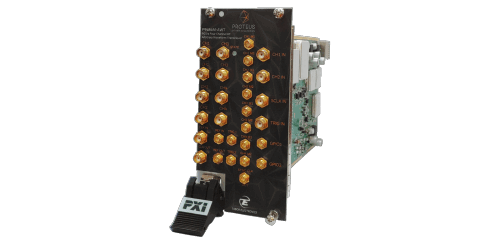
Arbitrary Waveform Transceivers
Tabor’s Proteus Arbitrary Waveform Transceiver enables you to transmit, receive and perform digital signal processing all in a single instrument. The Proteus AWT is a valuable tool for R&D labs in growing markets such as quantum physics, medicine, aerospace and defense, telecommunications and automotive. For synchronized, phase coherent, multi-channel applications such as quantum physics and radar applications the Proteus arbitrary waveform transceiver is an ideal, space efficient and cost effective solution.
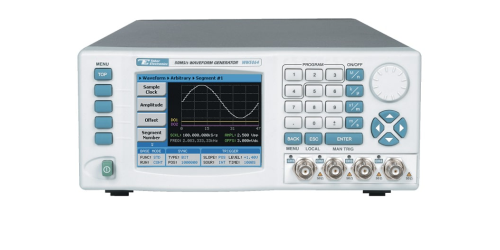
Arbitrary Waveform / Function Generators
The Wonder Wave Series line of arbitrary waveform generators combines two technologies. While being a true, memory-based arbitrary waveform generator (AWG), with all of the memory management capabilities needed to create complex waveforms, it also implements a Direct Digital Synthesizer (DDS) enabling many standard modulation types and frequency agility capabilities. Superior and far more versatile the Wonder Wave Series exhibit performance and provide solutions to the most demanding test stimulus challenge.
Signal Amplifiers
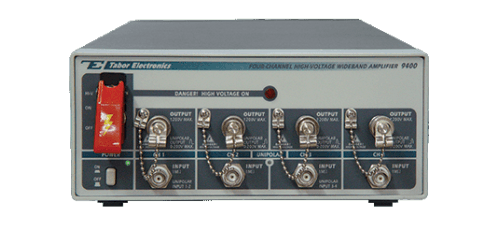
High-Voltage Amplifiers
Power amplifiers are a must in applications requiring both complex signals as well as high voltage throughput. However, this is uncommon in high performance instrumentation, therefore an external amplification device must be used. In these cases, a high voltage amplifier is used to increase the size of a signal by some factor.
When choosing a high voltage power amplifier you should take into account these criteria of the signal amplifier’s performance: Input & Output Impedance, Gain, Bandwidth (BW), Slew Rate (SR), Total Harmonic Distortion (THD), and Load.
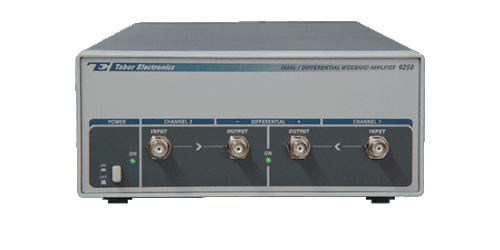
High-Frequency Amplifiers
Tabor’s line of High-Frequency Amplifiers allows for a better, more advanced utilization of the already available digital outputs on some of Tabor’s arbitrary waveform generators. Combined, they offer the highest performance mixed signal generation package, having high-end, high speed arbitrary generation capabilities with the most sophisticated signal generation, all in a single solution. Whether your application requires you to perform characterization, validation, verification, or debugging, Tabor’s mixed signal sources solutions combination will prevail.
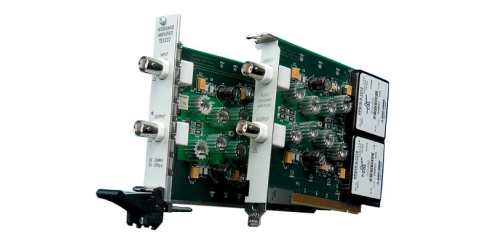
PCI & PXI Signal Amplifiers
Low power supply rails, a main part of the PXI, cPCI and PCI equipment, are a common cause for an inability to produce high voltage output. Tabor Electronics’ new amplifiers convert the supply rails to higher voltage suitable for signals up to 40Vp-p, thus solving thit problem. The PCI & PXI Signal Amplifiers line operates in conjunction with Tabor’s arbitrary waveform generators providing the ultimate solution for PXI and PCI, high-voltage, wideband applications.
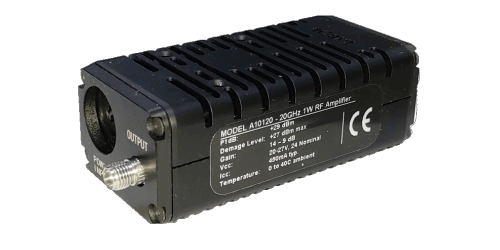
RF Signal Amplifiers
The A10200 RF amplifier was designed to extend the power range of the Tabor arbitrary waveform generators and RF signal generators, yet it is compatible with many signal sources instruments.
Combined with the A10200 the Lucid RF analog signal generators series it is a solution for various RF applications such as, multi-tone testing, receiver testing, and many wide bandwidth applications which require high power and high frequency signal amplification.
